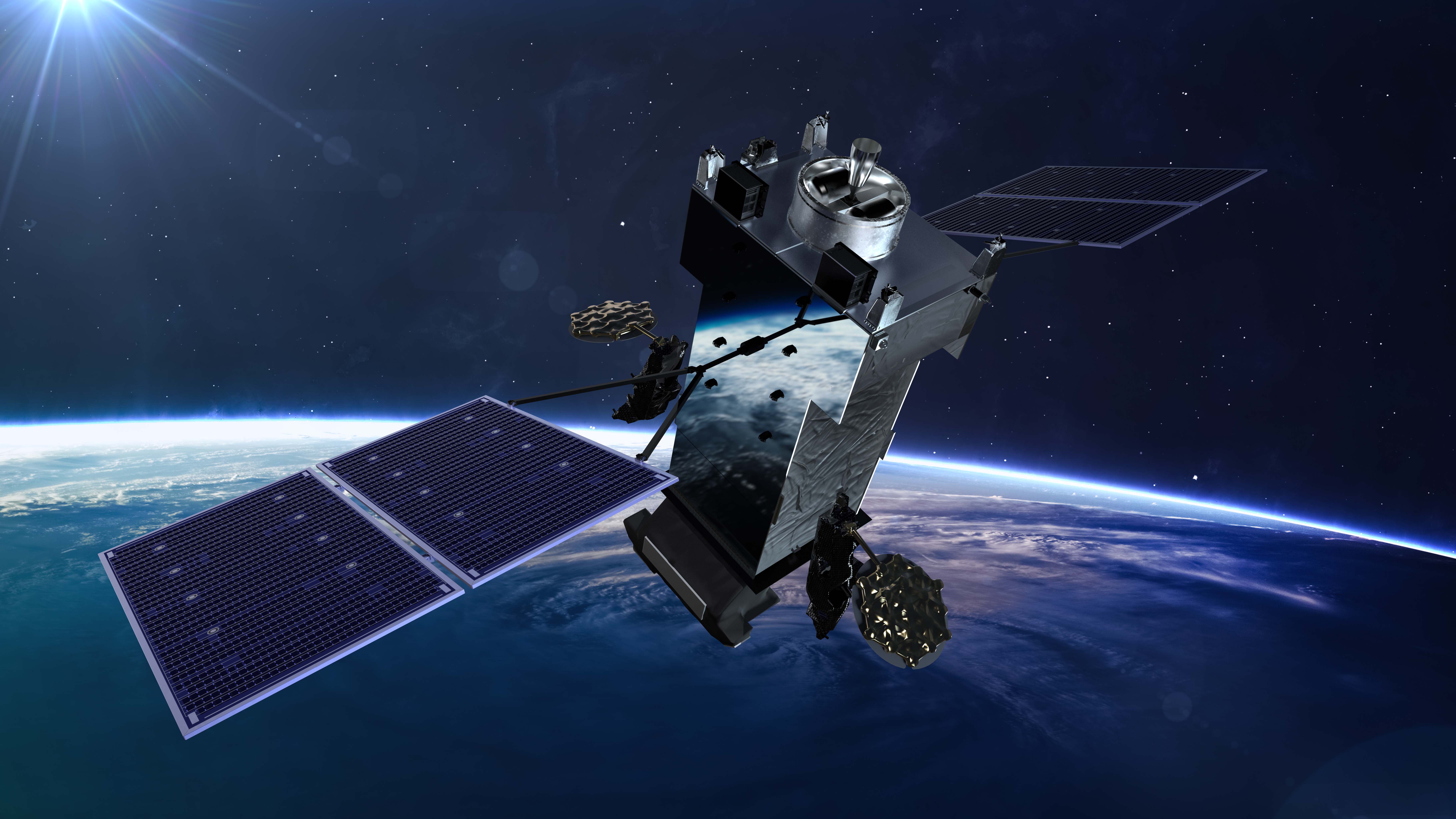Releases
The program is on schedule due to using proven technologies - Joe Rickers, vice president and program manager
SUNNYVALE, Calif., Nov. 23, 2021 – Lockheed Martin (NYSE: LMT) and the U.S. Space Force conducted the system level Critical Design Review (CDR) for the Next Generation Overhead Persistent Infrared Geosynchronous Earth Orbit (NGG) Block 0 space program. This marks another significant step toward the first NGG satellite launch in 2025.
NGG is the Space Force’s new, advanced space-based missile warning system that incorporates improved warning capabilities as well as enhanced resiliency and cyber hardening. Dubbed by the U.S. Department of Defense as a “Go Fast” acquisition program – meaning a quicker delivery timeline – NGG will provide early warning for the defensive “kill chain” that protects our nation and armed forces from missile threats. The new system responds to challenges from rival nations that increasingly seek to erode space advantages held by the United States.
“Our adversaries are finding ways to make missile warning more difficult. They are also posing threats to space assets themselves,” said Joseph Rickers, Lockheed Martin vice president and program manager for NGG Block 0. “NGG was specifically designed as a ‘Go Fast’ program to maintain and grow our nation’s advanced technology edge ahead of the threat.”
The NGG Block 0 program held the system level CDR on October 28, maintaining the program’s accelerated pace. The CDR specifically addressed the integration between the space and ground segments in addition to the integration of the Next Generation Interim Operations Ground System with the legacy Missile Warning system, enabling the enhanced missile warning capabilities following launch.
A Race Against the Threat
Under the NGG Block 0 program, Lockheed Martin in partnership with the U.S. Space Force is developing and building three satellites that provide improved missile warning capabilities and are even more resilient against emerging threats. Carrying new advanced infrared sensors that can detect dimmer and faster targets, the first satellite is racing to launch in 2025.
The system level CDR is the latest milestone the program has met since the 2018 contract award. Earlier this year, under Lockheed Martin’s prime contractor leadership, NGG completed CDRs for two mission payloads being competitively developed by subcontractor teams Raytheon and a Northrop Grumman/Ball team. One of the two mission payloads will each fly on the first two NGG space vehicles. The team completed a separate space vehicle CDR, which aggregated numerous subsystem and payload reviews, and locked in the satellite’s technical baseline.
“A space program of this size, which includes developing two entirely new missile warning payloads, has never moved this fast,” added Rickers. “The program is on schedule due to using proven technologies and risk mitigation tools like subsystem prototypes for early design verification and interface integration to ensure we remain on track.”
Digitally Transforming for Speed
Lockheed Martin’s NGG program is embracing digital transformation as a way to deliver next generation capabilities quicker and faster. The company is using digital engineering capabilities including digital twin, artificial intelligence and machine learning technologies, along with augmented reality to speed production, integration and test and enabling the rapid transition to operations.
For even more speed, greater resiliency and cyber-hardening, NGG is being built on Lockheed Martin’s LM 2100 Combat Bus. This modernized space vehicle provides enhanced spacecraft power, propulsion and electronics, as well as common components and procedures to streamline manufacturing. It features a flexible design that reduces the cost to incorporate future, modernized sensor suites or other mission augmentation capabilities.
For more information, visit: www.lockheeedmartin.com/onestepahead
About Lockheed Martin
Headquartered in Bethesda, Maryland, Lockheed Martin Corporation is a global security and aerospace company that employs approximately 114,000 people worldwide and is principally engaged in the research, design, development, manufacture, integration and sustainment of advanced technology systems, products and services.
Please follow @LMNews on Twitter for the latest announcements and news across the corporation.


